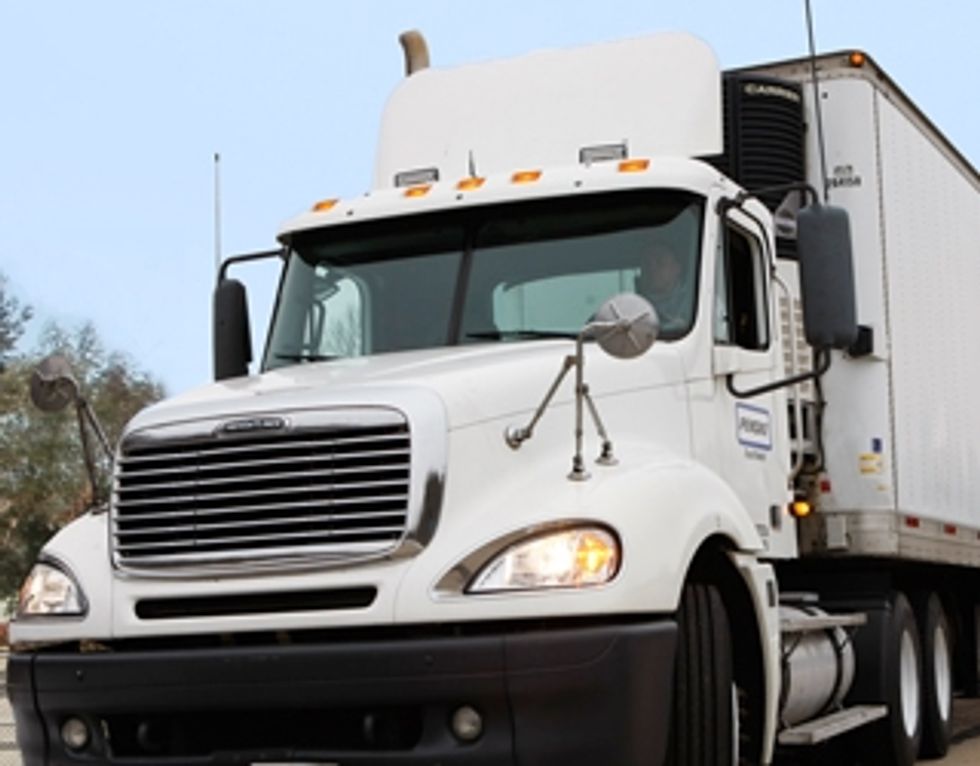
Third-Party Logistics Outsourcing Tips

1. Learn the customer’s strategic objectives. Be clear and upfront with your 3PL partner and jointly focus on the strategic and financial objectives in the project work. What is the day in the life of an order? Is there an opportunity to shorten the lead time? If yes, this can increase sales and expand cash flow.
2. Think transportation modes. Have a solid understanding of which modes of transportation you’re using to move your freight on each link of your supply chain. Knowing how much freight are you moving, how often, and how much you are spending on shipments through LTL, TL, air, expedited services, bulk, rail, inter-modal, brokerage and ocean shipping will give your logistics partner greater insights on how to improve freight flows and find efficiencies. If the freight is prepaid you may want to consider changing the freight terms so that you can optimize your transportation spend.
3. Know your service requirements. Know the service level requirements for each shipment lane within your supply chain network and share this with your logistics provider. Why is a certain mode being used?
4. Communicate top concerns. Cost is always top of mind in the supply chain. But, what is the real business issue? Is it shifting regional demand or changing customer demographics? Is it greater competitive pressures or risk management? Is it a need to shorten the supply chain? Providing these insights helps your logistics provider gain context and surface opportunities to help you achieve your goals.
5. Get focused. Is there a specific portion of your supply chain that you are most interested in optimizing? Narrowing the scope of the project to even a geographic region can help you realize quick gains on key problem areas while also keeping focused on the long-term.

7. Think big. It’s easy to get mired in the weeds. Think big. Consider if you are able to optimize your supply chain network across multiple business groups and operations. If not, what prohibits your company from doing this and how much do you feel it’s costing you?
8. Map your footprint. Knowing which types of facilities (and how big they are) and how many are in your supply chain network today can help your logistics provider map the current status and start working toward finding greater solutions. Document and map your key suppliers, plants, warehouses, distribution centers, cross-docks, customers and more.
9. Conduct an IT audit. Document the IT systems used to manage information in your supply chain. Know which systems are used at different facilities, what types of data are available in each system. Does one master system tie it all together? Can your logistics provider help you gain greater supply chain transparency?
10. Take the long view. Carefully consider the segments of your supply chain that are growing or declining. Consider the outlook over the next five years? 10 years? How do you see these long-term changes impacting your supply chain network?
By Amy Ilyes
Ilyes is vice president of logistics engineering for Penske Logistics and can be reached here. She is based in Beachwood, Ohio.